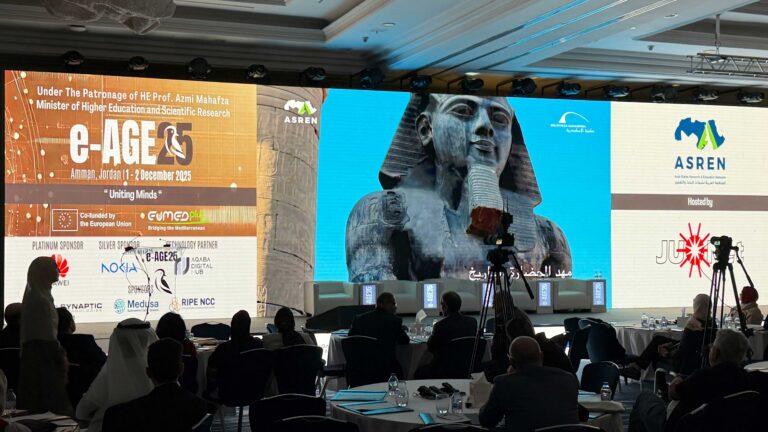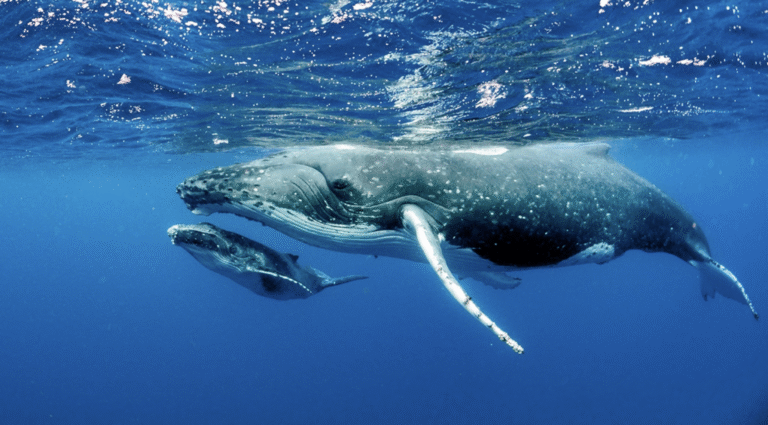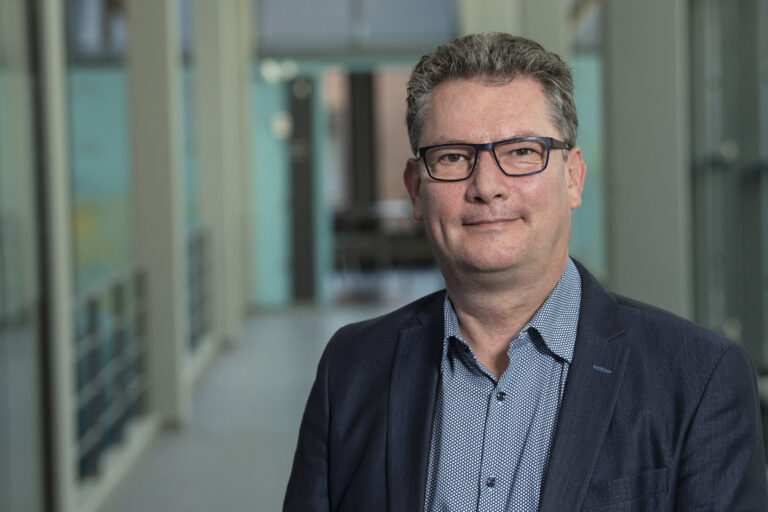A series of volcanic eruptions has brought the Icelandic town Grindavik to the top of international media attention, often with Kristín Jónsdóttir as spokesperson for the Icelandic Met Office.
A search for “Kristín Jónsdóttir + Grindavik” will yield results from media all around the world. Since the 10th of November 2023, a series of volcanic eruptions has plagued the Reykjanes Peninsula. As Head of the Department for Earth Science at the Icelandic Met Office, Kristín Jónsdóttir is tasked with updating the public:
“To date (the interview is in early March 2024, ed.) we have seen six eruptions, and according to our estimates a seventh eruption can happen any day. Our data points towards maximum magma concentration at around 5 km depth.”
Through a combination of seismic sensors on the ground and satellite data, the Icelandic Met Office monitors deformations of the Earth’s crust continuously.
“The data is fed into a model which tells us how much magma is accumulated and at which depth. We evaluate the situation daily, considering when the time has come to inform the civil protection authorities about changes in the hazard assessment which may lead to evacuation” says Kristín Jónsdóttir.
The challenge of predicting eruptions
Despite vast scientific efforts over many decades, prediction of volcanic eruptions remains highly challenging. Still, the situation has improved since eruptions do not happen as complete surprises. Usually, time will suffice for an evacuation.
“The time of notice depends a lot on which path the magma has available. In a worst-case scenario, a vertical pathway exists allowing the magma to reach the surface in just half an hour. But in most cases the magma stream will propagate horizontally for a while below the surface, and we will typically be able to give a 3–4-hour warning,” says Kristín Jónsdóttir, while noting an additional challenge:
“For each episode, the warning signs become less clear. This is because the previous eruptions have caused damage to the Earth’s crust, thereby easing the way for the following magma outbursts. From a surveillance perspective, this is challenging since the seismic signals preceding the eruptions become weaker.”
Optic cables as seismic sensors
As new satellite data come in, it is possible to update the model of the volcanic system resulting in higher accuracy of predictions. The model is updated at least on a weekly basis.
“We are improving our monitoring continuously, thereby getting a clearer picture of what’s going on, both in the short and the long term,” says Kristín Jónsdóttir, noting a new tool for improvement:
“Recently, it has transpired that fiber optic cables can be effective as seismic sensors. Events such as seismic tremors can be detected from subtle changes of tension and compression across the cable. We are already looking at this possibility since there are fiber cables in Svartsengin and even across Grindavik.”
The Icelandic Met Office is in collaboration with universities ETH Zürich (Switzerland) and Caltech (USA) on this approach.
“Data from fiber optic cables are likely to become a valuable additional source of seismic information. I look forward to elaborating more on that topic at the NORDUnet 2024 conference.”
Kristín Jónsdóttir is Head of the Department for Earth Science at the Icelandic Met Office.





